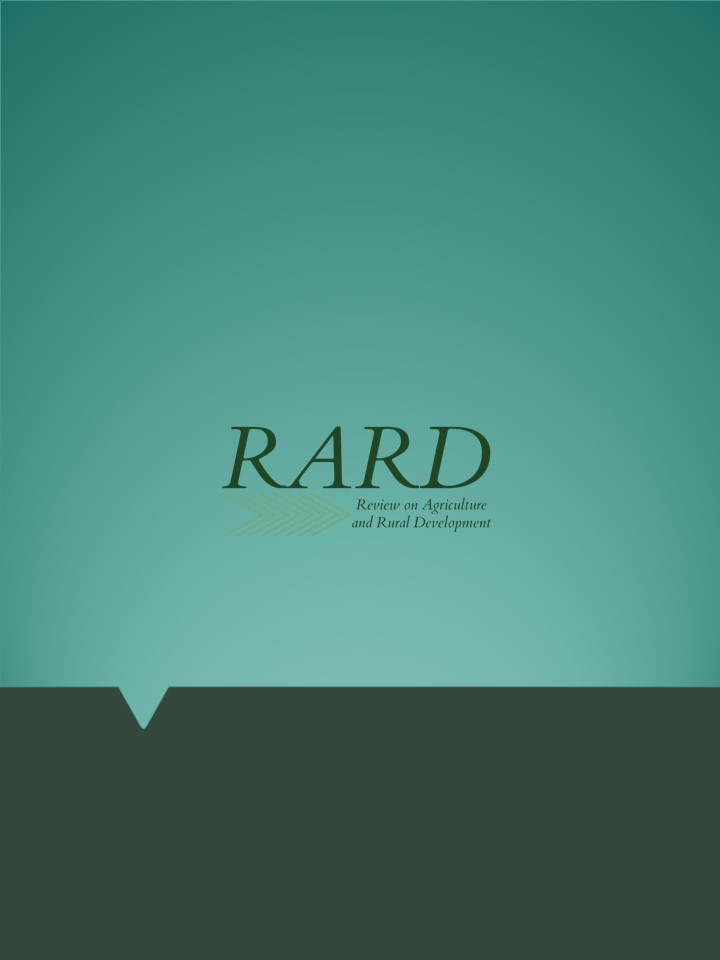Effects of high nutrient and heavy metal containing soils on some chemical and biochemical features of Sudan grass
Main Article Content
Absztrakt
In this research we studied the effects of different soil amendments on the elemental composition and the activities of some enzymes of a Sudan grass variety (GK Csaba). In the pot experiment we used a soil with low heavy metal content as a plant grow media, as a control (C) we used the same soils „enriched” with a 20% wastewater sediment (WS) (originated from a former wastewater settling plant), a 10% compost (made of sewage sludge and green waste, SG), or their mix (C + 10% SG + 20% WS). The compost contained much more essential plant nutrients, while the wastewater-sediment was rich in toxic heavy metals compared to control soil. In this study, we determined the elemental composition of soil and organs of the plants (roots, leaves) and activities of some enzymes in leaves. Higher concentrations of all essential plant nutrient were detected in both roots and leaves of the treated plants. The concentration of copper and zinc were significantly higher (2 and 3 times higher, respectively) in plants grown in WS containing media (C+20% WS and C+10% SG + 20% WS). The concentrations of toxic heavy metals were higher in roots compared to leaves. As an exception, the cadmium concentration was nearly equal in the roots and the leaves, showing that this element's accumulation is not limited to the roots, but was also transported into the leaves. The activities of the examined enzymes (glucose-6 phosphate dehydrogenase, G6PDH; isocitrate-dehydrogenase, ICDH; peroxidase, POX) did not show significant changes in presence of WS and SG.
Article Details
Funding data
-
European Regional Development Fund
Grant numbers GINOP 2.2.1-15-2017-00042
